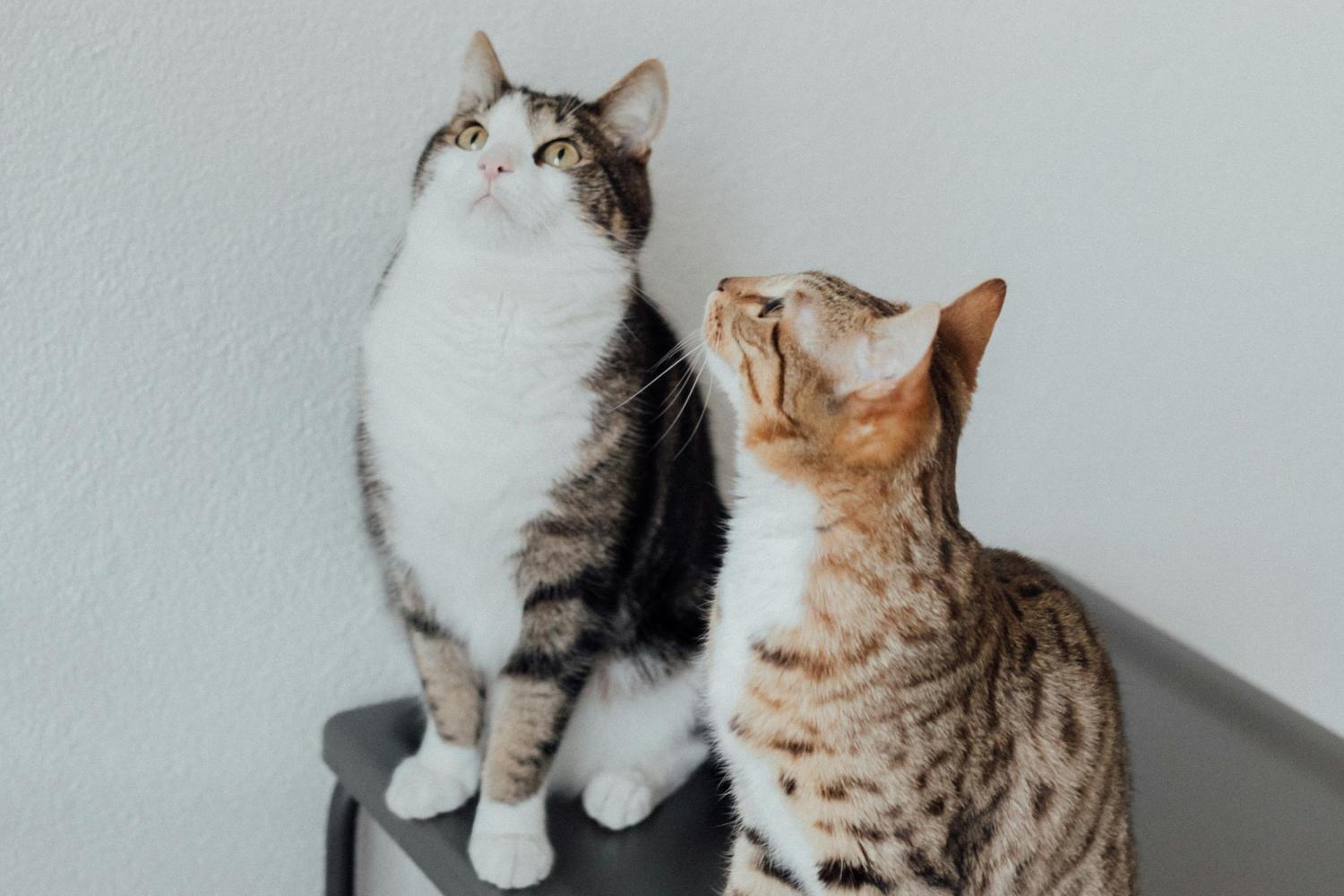Cats have hundreds of different facial expressions and can mimic those of other felines to form emotional and social bonds and communicate.

@Arina Krasnikova/Pexels
A recent study has discovered that cats possess an amazing ability to mimic other cats’ facial expressions, and it is considered that this movement can be crucial in developing social relationships and communication between them.
This was revealed by an interdisciplinary group of researchers that used artificial intelligence to capture and study cats’ facial expressions during social interaction. What was being studied is referred to as “rapid facial mimicry” (RFM), a behavior that allows animals to establish emotional connections and assist animals in understanding one another.
Cats use facial expressions to communicate
Cats, being social by nature themselves, use facial expressions to communicate and express each other’s emotions. Although cats’ social existence was not as well documented as that of other creatures, there have been many studies conducted that have shown that cats have an impressive array of facial expressions of emotion. One previous study found that cats have the ability to convey 276 facial emotions out of which 37% were related to aggression and 45% were friendly.
Researchers discovered 26 new facial expressions
To be able to study this behavior more effectively, the researchers videotaped cats interacting with one another in a social environment, such as a cat café in Los Angeles. They then instructed an AI program to analyze the minute movements of their faces by tracking 48 virtual points on each cat’s face. The system allowed the researchers to identify 26 previously unrecognized facial movements, creating a catalog of hundreds of unique expressions.
The study discovered that, in roughly 22% of encounters, cats imitate others’ facial expressions directly. The action is most common within affiliative events, such as when playing or even social grooming. For instance, the cats can replicate the other animal’s ear motion, including when they spin them or press them flat, signs of affinity and socialization.
These findings could have practical applications, especially in cat shelters. Having knowledge of how cats interact with one another and the use of facial expressions to establish social connections may mean that stress can be alleviated and aggression among cohabiting cats avoided. Additionally, AI tracking of these interactions would improve the lives of the felines, making their care more efficient and leading to a better understanding of their social needs.
Source: Nature
